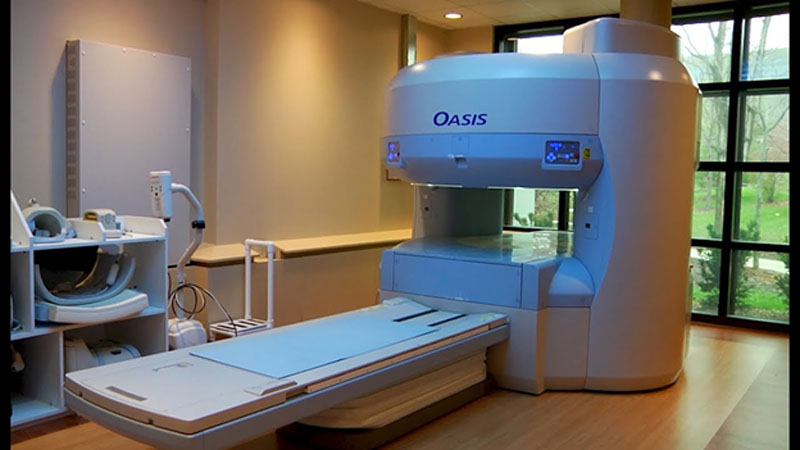Looking for info on why MRI scans are so important? Want to know how claustrophobic people handle an MRI scan? The diagnostic versatility of the MRI is widely underappreciated. Not only that, but the various types of scan aren’t well known either. The open MRI, for example, has opened up testing to multiple demographics.

1. They don’t always involve stuffing you in a tube
You no longer necessarily have to live your claustrophobic nightmare when you need an MRI scan. Instead of the traditional tube scanner, you can get what is called an open MRI scan. If you’re the type of person or the parent of a child who cannot handle tight spaces without panicking or squirming, you can get an MRI without needing some sort of sedation. This opens up even the possibility of having an MRI for people who are too large to fit in the standard tiny tube. There are even ones where you can stand upright, though this third category does have the lowest detail.
2. They have a wide variety of applications
Your basic X-ray is not going to reveal anything but problems with your bones, and even then, it can miss something. MRI scans are for more than getting clearer detail on your bones. They can pick up fine details and inconsistencies in all of your soft tissues. This includes everything from your spinal cord to your internal organs, right down to your blood vessels. They can diagnose cancer, strokes, brain injuries, and so much more.
One major caution is that MRI scans use magnetic fields to get such fine detail. Anyone with medical hardware that hasn’t been modernized to allow for MRI scans isn’t able to get one. So if you’ve got a plate in your head or spine, or if you have a pacemaker, you’ll have to make sure it is safe. Always let your doctors know all your past medical history so they can use their expertise to give you the best possible care.


